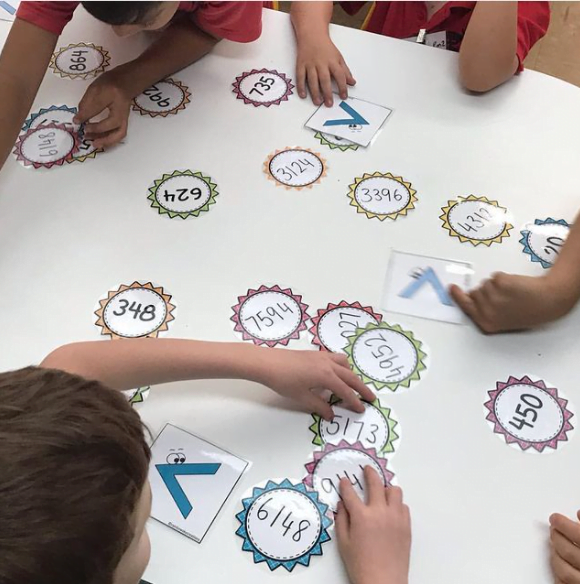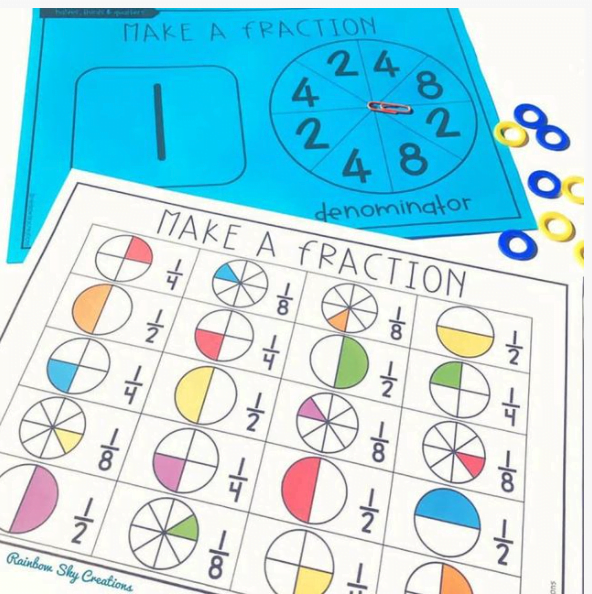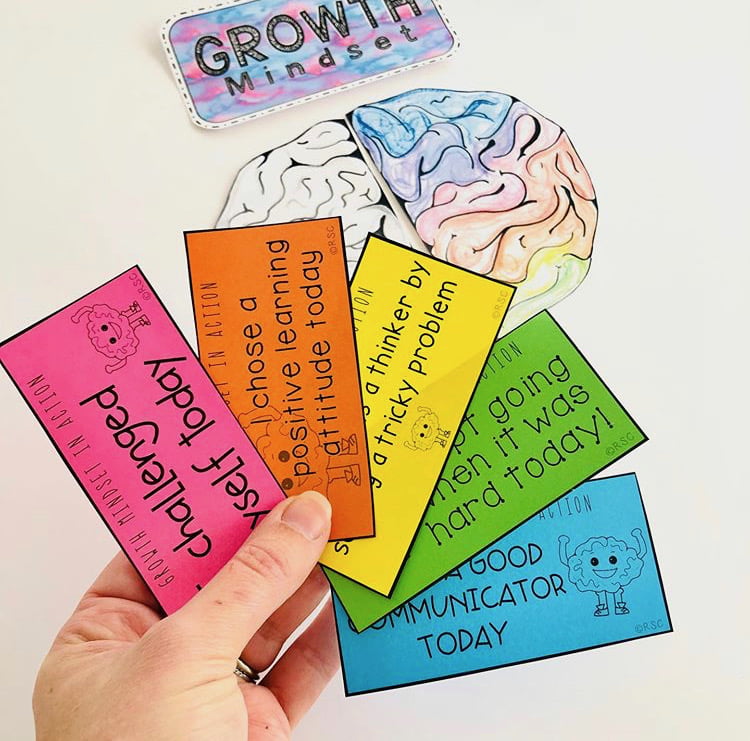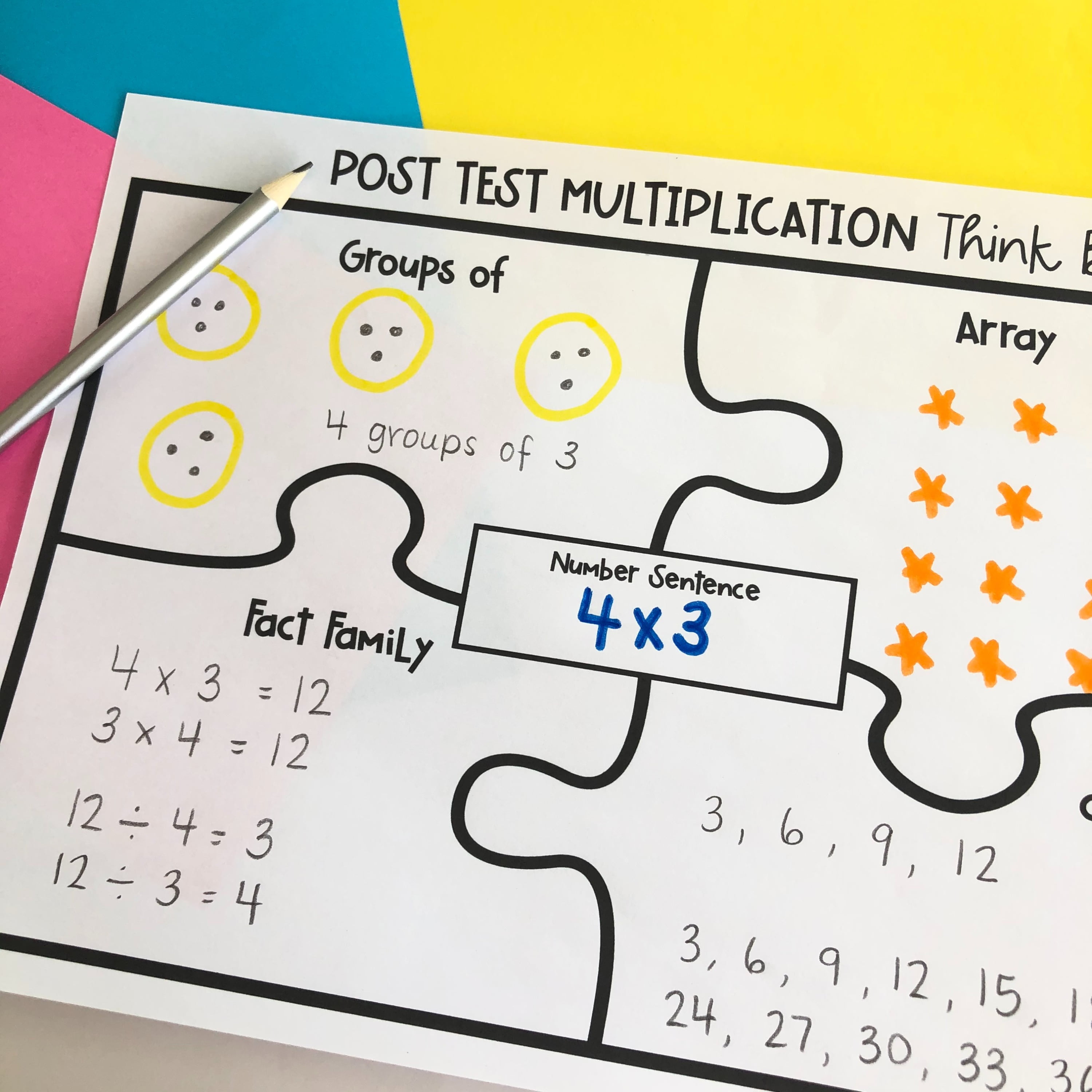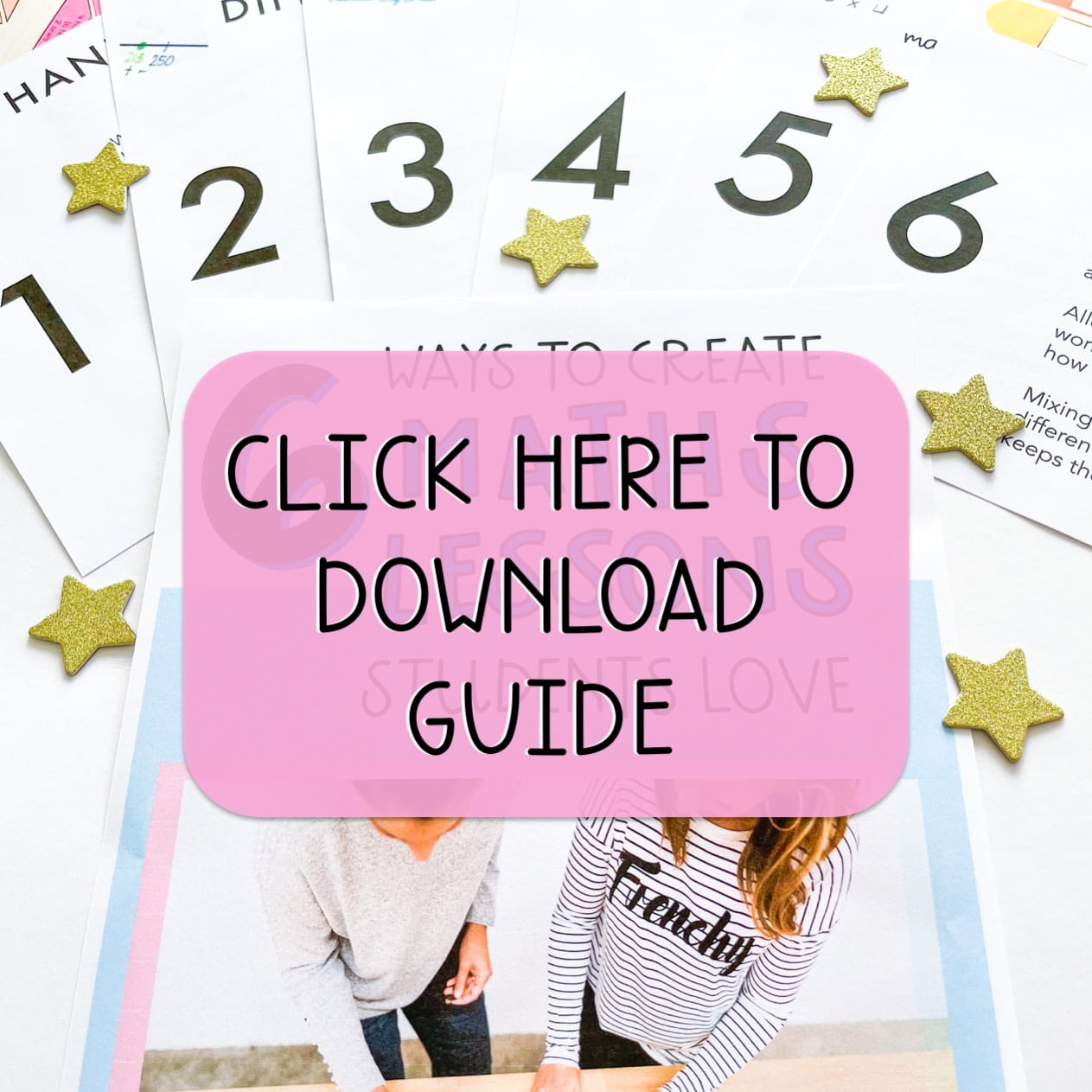If you are like many teachers we talk to, running successful maths lessons that are outcomes-based, differentiated, and engaging can seems like an overwhelming and perhaps impossible task.
We are here to change that and help you deliver authentic learning experiences in Maths day in, day out.
Read on to discover the 6 elements to include in your maths lessons and how to implement them all at once (without pulling your hair out, we promise!) Short on time? Click here to send this post straight to your inbox for later.
Stick with us, and Maths time will be a time of day that you and your students love!
Strategy 1: Use Hands-on Activities
We know students learn best by doing and having concrete materials available to them. It is also an important step for moving students from the concrete to the abstract in mathematics.
Providing them with structures to scaffold and assist them will contribute to a growth in confidence, which will positively impact their feelings towards math. We are not just talking about the early years, this is just as applicable in the primary years!
Lastly, hands-on activities are engaging and fun – two key components to a successful Maths lesson!
Strategy 2: Differentiate your instruction
Differentiation doesn’t need to mean different activities for every child in, your classroom. It is about catering for the different points of need among your students.
Your lessons can be differentiated by content, outcome, process, pace or support, and resources.
When planning, ask yourself these questions:
- What is the learning intention / what do I want the students to achieve at the end of this lesson?
- Can I provide an open-ended task to cater for the diverse needs of my students as a way of differentiating?
- Does this lesson lend itself to students working in smaller ability groups targeting a specific concept or misconception?
Strategy 3: Explicitly teach content
We don’t mean ‘chalk and talk’ here. Explicit teaching may be in a small group, during centres, or finding ‘teachable moments’ within the lesson when students are working on a task.
Explicit teaching also means modelling to students and teaching them how to apply the content.
Every successful lesson will have an element of explicit teaching to assist students to access the content at an instructional level.
Strategy 4: Celebrate Mathematical Risk Taking
Maths is often a subject students dislike or don’t feel confident in. Time to turn those negative feelings around…
As we know, a key aspect of learning is confidence and enjoyment.
Encourage your students to have a growth mindset during maths lessons. Offer them mantras like,
“Mistakes help us learn”
“You can do hard things”
and
“We aren’t there YET, let’s work this out together”.
Also provide materials that allow them to take risks and make mistakes easily, such as using concrete materials or recording their learning on a mini whiteboard.
Strategy 5: Identify what good mathematicians do
Students need to know how they can be successful in math lessons.
Throughout your teaching, explain to them how good mathematicians would record their thinking and problem solving, the language they would use, plus how good mathematicians like to use a range of strategies and so on.
Mindsets can be shifted when students see themselves as mathematicians instead of just kids doing math.
Strategy 6: Engage different learning styles where you can
This is so important no matter what subject you are teaching. Acknowledging the differences between individuals and catering for different learners is vital for every student to access the content you are trying to teach.
Mix up your lessons, have elements of visual, auditory and hands-on experiences.
Allow students to engage with each other, work independently or make a choice about how and where they work.
Mixing things up not only provides for the different students in your care, but it also keeps them on their toes!
So is it possible to do all of this at once??
YES! And it isn’t as hard as you think!
If you are like most teachers, it is overwhelming to try and successfully fit all these components in one lesson (and have it actually run smoothly).
If you feel like this, then running Maths Groups in your classroom might be the answer you have been waiting for. All it takes is some organisation, putting into place a few new systems, and a commitment to transforming your Maths lessons into a time of day that you and your students can’t wait for!
Read more about how we recommend you start running maths groups in your classroom here.
